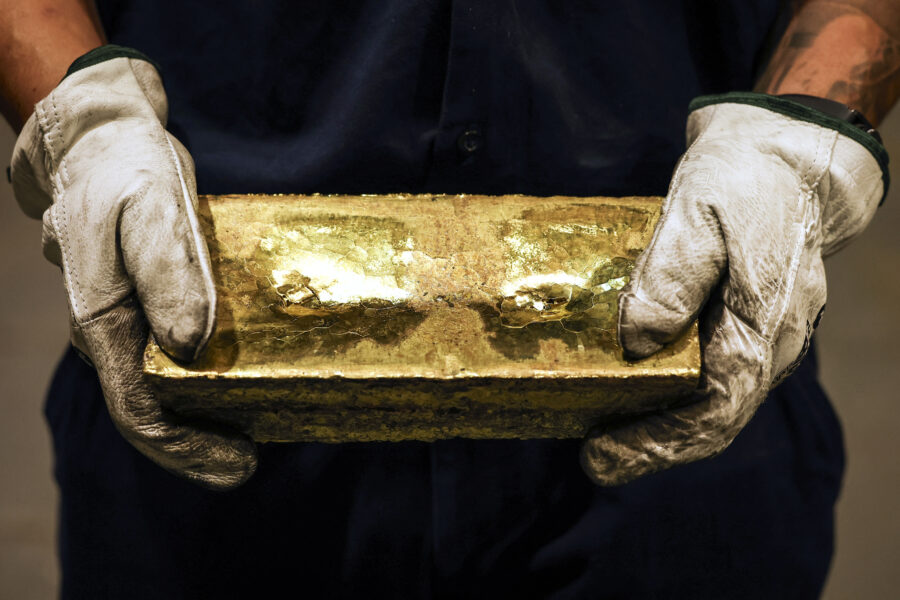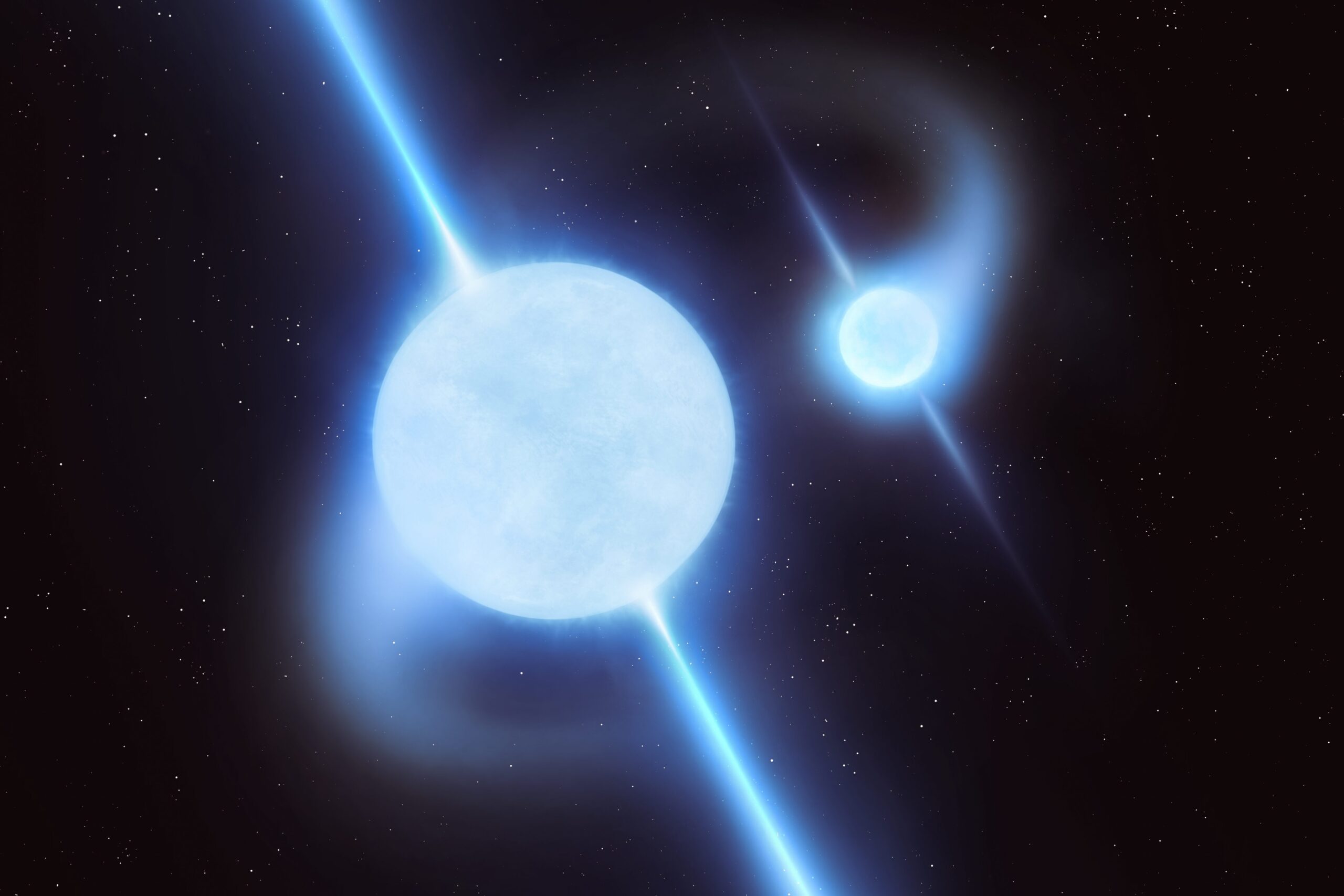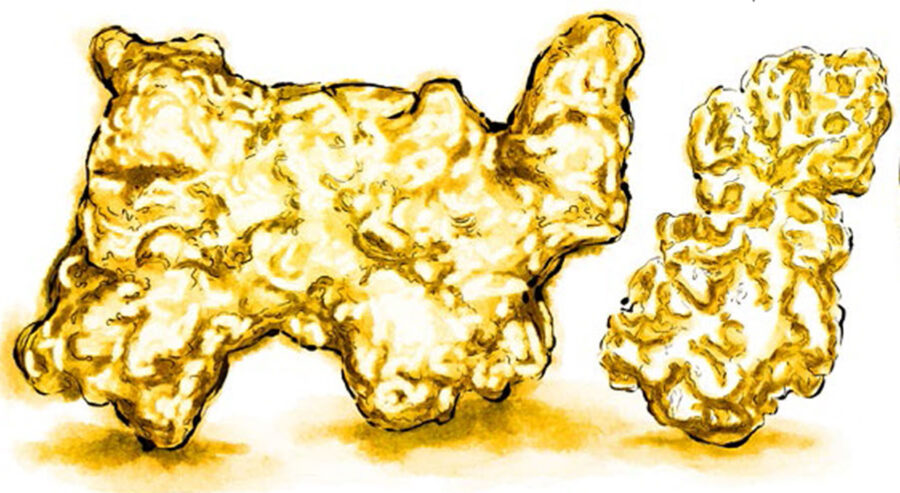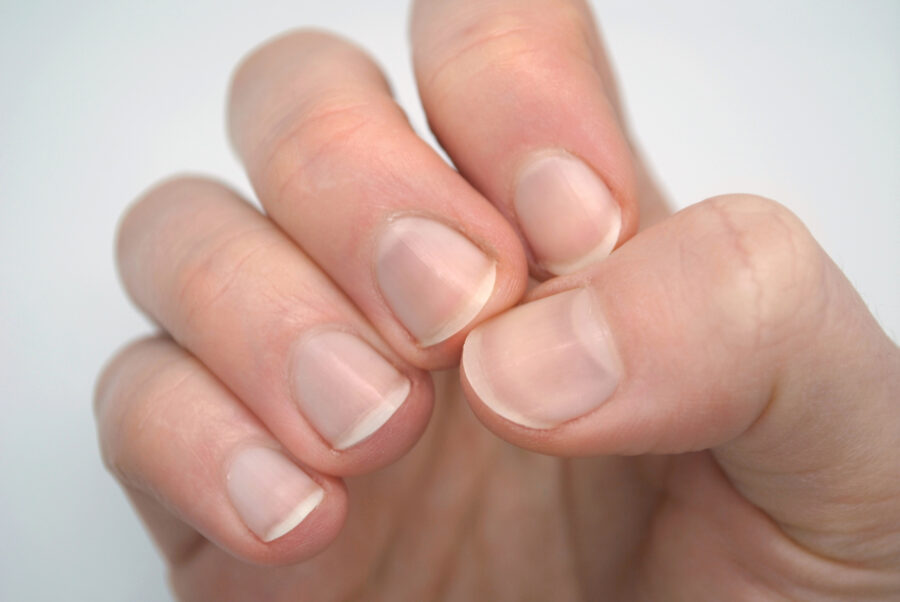More proof that gold is truly ‘Au-some’

Dr Karl Kruszelnicki
Dr Karl Kruszelnicki

Now, scientists have found a way to extract gold from electronic waste (e-waste) using bacteria – but more on that shortly.
In the periodic table, the symbol for gold is Au, from the Latin word ‘aurum’, which comes from older words meaning ‘dawn’ or ‘glow’. This might be the basis of the claim in scientific publications that ‘gold’ means ‘shining dawn’. Unlike most metals, which are grey or silvery white, gold has a distinctive reddish-yellow hue. This is because some of the electrons orbiting around the nucleus of the gold atom travel close to the speed of light. The theories of ‘relativistic’ physics explain its golden hue.
Back in 2017, we discovered a primeval source of gold: colliding neutron stars. The collision of two neutron stars can generate a mass of gold somewhere between three and 13 times the mass of Earth. Eventually, this gold will end up in a planet or a star.

Currently, Australia is the third-largest producer of gold after China and Russia. Altogether, about 3000–3500 tonnes of gold is produced each year worldwide. About 50 per cent of this gold is used in jewellery, 40 per cent in investments, and 10 per cent in industry – which brings us back to e-waste.
The beauty of gold in electronics is that it doesn’t corrode, and it also carries electricity really well. Most of our gold comes from mining ores, but e-waste is a much richer source of gold. Each mobile phone has about $3 worth of gold (about 50mg) in it. About a billion phones are manufactured each year, and practically none of this gold is recycled. And yet, weight for weight, e-waste is typically 1000 times more concentrated in gold than natural ores.
It turns out there are several bacteria that naturally digest gold and spit it out. If we can modify these bacteria to easily remove the gold from e-waste, that would be a good way to recycle.
I guess it’s just more proof that gold is truly Au-some.





